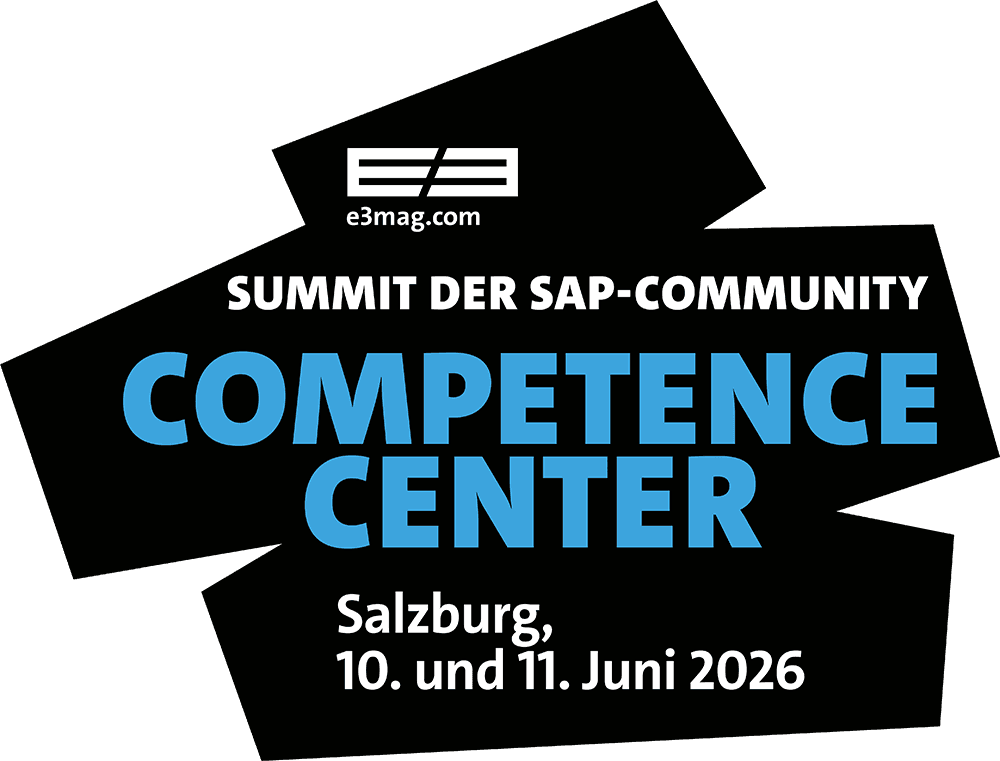How Do SAP Partners Get on the Open Source Path?

There are many hundred SAP partners in Germany alone. These include large global system integrators, local solution providers, ISVs, managed service providers, hybrid cloud partners, and many more. And the task for partners of every size and focus is characterized by a clear change: the key word is open source.
For some time now, SAP itself has been increasingly going down the open source path, as evidenced by the SAP Linux Lab, SAP cloud offerings, and Linux as the sole operating system for its database Hana. To drive digital transformation and innovation, companies must also consider integrating non-SAP environments as part of an overall strategy for optimizing the process landscape. And here, too, open source is a key success factor—in conjunction with establishing agile end-to-end processes and using modern cloud-native development and hybrid cloud models. Open source is currently the innovation driver par excellence, for example for cloud and edge computing, IoT or big data.
A foray into open source
The questions that must inevitably arise for SAP partners are: “How do I become part of a modern SAP ecosystem and what measures will support me on the open source journey?”
A foray into the open source community with its thousands of frameworks, tools, and projects usually leads to more confusion rather than a solid technological foundation. A few Docker containers just won’t cut it. Solid expertise and hardened, certified open source platforms are necessary. As an SAP partner, however, you don’t necessarily have to develop this completely on your own—companies like Red Hat have been specializing in providing exactly such a platform for years. This frees up time for companies to focus on their own services and customers.
One example is the containerization of business applications and backend services. Red Hat offers various training courses for application modernization and migration on an open source basis. These include an introduction to the development and management of containers for deployment and secure operation in Kubernetes clusters. In addition, successful open source use also requires know-how in areas such as agile working, methodology, or error culture. Apart from the use of various training offers, it is also helpful to look at open source policies. They aim to optimize the use of open source and minimize all technical, legal, or business risks. Examples and templates for open source policies can be found on GitHub, for example.
Once an SAP partner has started embracing open source, the next step is implementation. The use of open source methods and cloud-native development with containers and microservices offers two serious advantages: on the one hand, the free choice of infrastructure and, on the other, simple adaptation to customer-specific requirements. The intelligent use of automation also accelerates implementation and thus shortens the time to productive operation.
Participation welcome
Open source deployment also adds significant value from a sales perspective. It is the basis for using cloud marketplaces for easier implementation and hybrid cloud certifications. In addition, open source supports cross-partnering. For example, a new open source initiative from the SAP Linux Lab facilitates the automated creation and management of SAP environments. This is based on standardized and modular codes and tools developed and provided by SAP technology partners. These include Red Hat, Suse, IBM, and SVA. Further advantages of open source are the possible scaling across hyperscalers, the simplified integration with other solutions, data, and services, as well as the easier and faster improvement of a company’s own product. Join in the fun, you are welcome to contribute!






